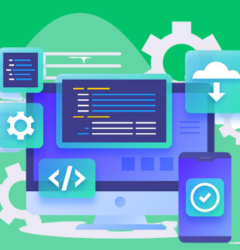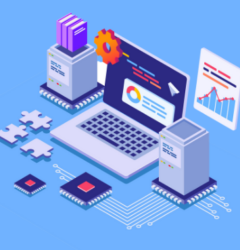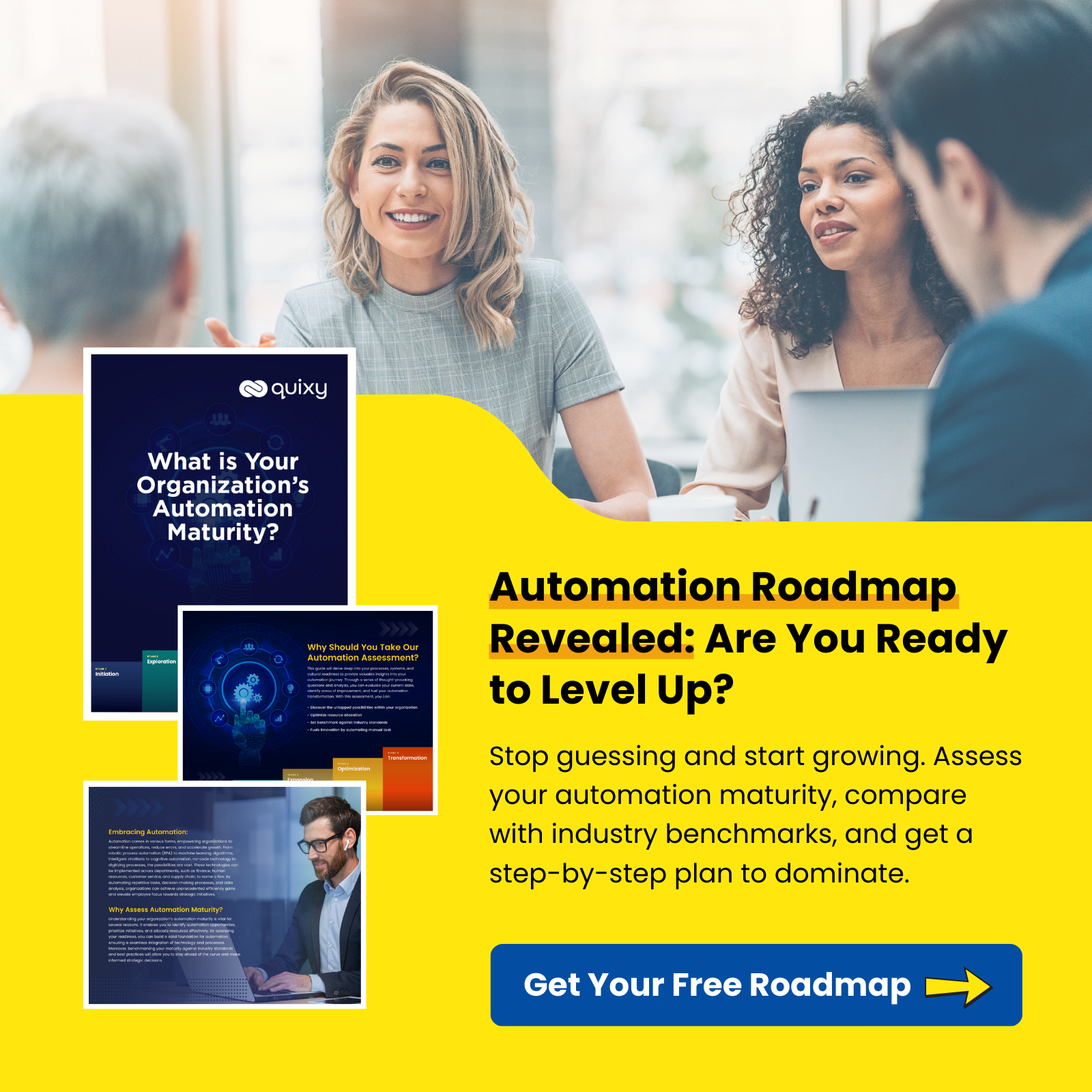
Everything is evolving and getting better, molding itself to the industry’s growing needs and changing demands. Why should enterprise IT be left behind, then? One of the key aspects of digital modernization is to modernize enterprise IT; strangely, many businesses give it a miss.
As a result, IT development is slower and does not match the requirements of the organization. Let’s dig deeper into this and see how enterprises can ensure that IT is a part of digital transformation.
What is Legacy Software?
In simple words, an outdated ERP or software program is categorized as legacy software. It was useful once, but in the present scenario, it does not align with the business needs. The reason why legacy software needs to be brought up to the current requirements is that it poses certain risks.
Businesses have started adopting new business solutions such as an ERP or CRM. These are packaged software that comes with all the essential modules that a business needs. These modules include supply chain, marketing, email automation, etc. However, these enterprise resource planning(ERP) or Customer Resource Management(CRM) may not provide an end-to-end solution.
For example, there are processes that are unique to a business. A feedback system that a business needs for its employees might not be there in its ERP system. To develop such a system, businesses need to build it from scratch with the help of software developers, which will take months to complete.
What is Digital Modernization?
Digital modernization is the process of transforming an organization’s operations and capabilities through the adoption of advanced digital technologies. It involves leveraging digital tools and solutions to improve efficiency, productivity, and competitiveness in today’s rapidly evolving technological landscape.
Key aspects of digital modernization often include:
- Technology adoption: Implementing new technologies like cloud computing, artificial intelligence, Internet of Things (IoT), and big data analytics.
- Process optimization: Streamlining workflows and business processes using digital tools.
- Data-driven decision-making: Utilizing data analytics to make informed business decisions.
- Customer experience enhancement: Improving customer satisfaction through digital channels and personalized experiences.
- Cybersecurity: Strengthening security measures to protect sensitive data and systems.
In essence, digital modernization is about embracing the potential of digital technologies to drive innovation, growth, and success in the modern business environment.
26% of executives named “no-code low-code development platforms” as their most crucial automation investment.
Why Should Businesses Modernize Enterprise IT?
There are several reasons why businesses should take up digital modernization or ERP modernization. As per Harris Poll, companies today lose upward of $300 billion a year paying down “technical debt,” as developers pour time into maintaining legacy systems or dealing with the ramifications of bad and old legacy software. Some of the reasons include:
Companies today lose upward of $300 billion a year paying down “technical debt,” as developers pour time into maintaining legacy systems or dealing with the ramifications of bad and old legacy software.
Harris Poll
1. Difficult to Customize
It is difficult to customize because it is code-heavy. Even a single edit or update can cause the whole system to come to a standstill. Customization also takes a lot of time and effort.
2. Security Issues
It can pose as a point of attack for hackers due to poor security. Over time, any software program will have patches, making it more and more vulnerable.
3. Hard to Maintain
It is complicated and expensive. Enterprises have to look for technicians trained on the legacy software and the underlying technology and spend extra even for maintenance. Updates and repairs cost even more.
Also Read: Next-Gen Revolution: Harnessing IT Modernization to Propel Business Forward
4. Integration Challenges
Legacy software usually offers limited integration capability. Integration is the most important factor today as the world warms up to remote working. If CRMs, accounting software, etc., cannot be integrated, employees will find it very hard to operate.
5. Compliance Issues
It may no longer be compliant because industry regulations keep changing. Your legacy software may have been compliant earlier, but the chances are high that it’s no longer the case. Failure to comply leads to heavy penalties.
6. Mobility Issues
It pushes you to the backseat in terms of competition because it is not mobile and lacks innovation. It does not have the updated features that competitors have.
7. Not easily extendible
The legacy architecture is mostly not modular and does not allow for easy extension to add new functionality.
8. Compatibility with the latest products and technology
You won’t be able to make the most out of new products and technology because you are still using legacy software.
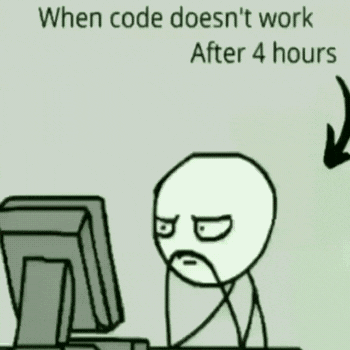
Due to the aforementioned reasons, the digital modernization of legacy software is a must. This is nothing but modernizing enterprise IT as per the current needs to make it agile and competitive.
How do you take up Digital Modernization without hindering your business?
“Application modernization is not just one thing.” – Stefan van der Zijden, Research Director at Gartner
Following is an outline of the steps you should follow to modernize your legacy systems. Rest assured, it is not going to tamper with your business growth.
1. Establish Goals
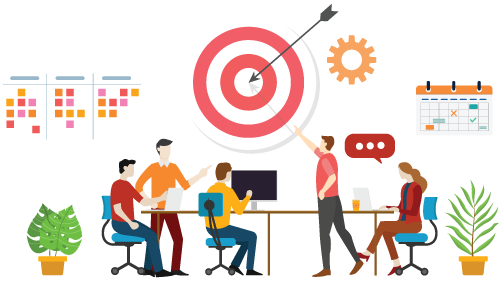
Ensure goals are clearly set out. You don’t want to feel lost in the middle of your legacy modernization journey. If established properly, they will guide you throughout. Keep your business needs (current and future) in mind while doing so.
2. Analyze your software
Understanding what you are working with is the key to modernizing it. Study everything about your current system, from the UI to the functionalities, so that you know what’s lacking and what you need to add.
3. Sketch the strategy
Based on your findings, create a plan or strategy for legacy modernization. This should ideally be in-depth so that it is easy to implement and cover all aspects of your technology modernization. Make sure you are evaluating the latest technologies, including Low-Code, No-Code, AI, RPA, Machine Learning, etc., to see how they can benefit you in meeting your business goals, get you a competitive edge, and help you stay agile in the ever-changing business scene. Consider performance, security, privacy, mobility, integration, and extendibility when you formulate your strategy.
4. Start executing
Execute your strategy. Ensure you prioritize your execution tasks and execute them in phases for effective implementation.
5. Migrate your data
Consolidate data that is otherwise may be scattered across the legacy systems. Consider the cloud for your hosting requirements. The benefits are immense.
6. Integrate with your tools
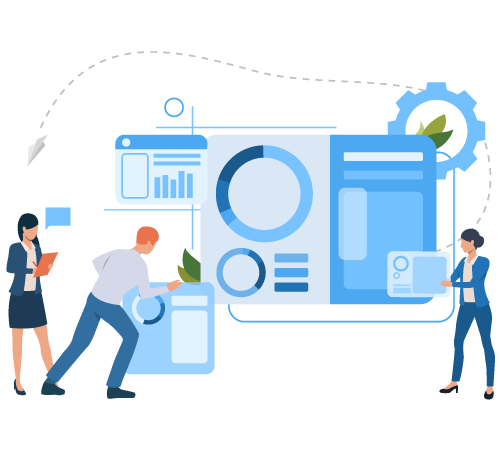
Integrate your new software with other in-house and external systems so that they can work seamlessly without any data redundancy.
7. Get your employees on-board
The last step to legacy modernization is getting the employees involved. Train them so that they understand the changes and get used to the new normal.
Also read: Everything you should know about No-Code Development
No-Code for your Digital Modernization
Make sure you make No-Code a part of your Digital Modernization. The benefits are immense and, therefore, cannot be ignored. Nocode can help in multiple ways to help you in the ERP modernization process. It can help in extending the capabilities of your current system; as mentioned in an example earlier, creating an employee feedback management app can help in building a comprehensive HRMS system. It can also provide mobility with apps that can be accessed from anywhere. Some more benefits are listed below.
Let us highlight how Quixy, as a leading no-code application platform, is a must-have for your digital modernization.
Quixy is a cloud-based no-code platform that will help you modernize your enterprise IT without affecting your business. With Quixy, you can do the following:
- Build simple to complex enterprise-grade applications in hours and days instead of weeks and months. All this without writing any code.
- Easily Integrate them with other third-party systems internal or external to your organization.
- Deploy applications with a click of a button without any downtime.
- Update/Modify applications with ease. Add new screens, new fields, change workflows, add new business rules, or create new reports. All in minutes.
- ISO 27001 and SOC 2 Type 2 compliance means you don’t have to worry about the security, privacy, integrity, availability, and confidentiality of your and your customer’s data.
- Leverage the power of citizen development governed by the central IT team and see your IT backlog shrink its size in days. You don’t have to worry about shadows.
- Cloud hosting ensures you don’t have to worry about the challenges with on-premise deployments. You can scale based on your needs without any overwhelming investments.
Also Read: Evolve, Don’t Replace with Quixy – Overcoming Legacy System Gaps

Overcoming Legacy System Gaps with Quixy’s Digital Modernization
Quixy offers a unique approach to digital modernization, emphasizing evolution rather than replacement. As a low-code platform, Quixy empowers organizations to build and customize applications rapidly, without the need for extensive coding expertise. This flexibility allows businesses to:
- Extend existing systems: Integrate Quixy with legacy systems to enhance functionality and address specific pain points.
- Create new applications: Develop custom applications tailored to unique business requirements, without disrupting existing workflows.
- Migrate data: Seamlessly transfer data from legacy systems to Quixy, ensuring continuity and minimizing downtime.
- Scale effortlessly: As your business grows, Quixy can easily scale to accommodate increased demand and complexity.
By adopting this evolutionary approach, businesses can:
- Reduce costs: Avoid the high costs associated with complete system replacements.
- Minimize risk: Mitigate disruption and potential data loss during the transition.
- Accelerate time-to-market: Quickly develop and deploy new applications to meet changing market needs.
- Improve agility: Adapt to evolving business requirements with ease.
Quixy offers a powerful solution for businesses seeking to overcome the limitations of legacy systems without disrupting their operations. By focusing on evolution rather than replacement, organizations can modernize their IT infrastructure, enhance efficiency, and drive innovation in today’s competitive landscape.
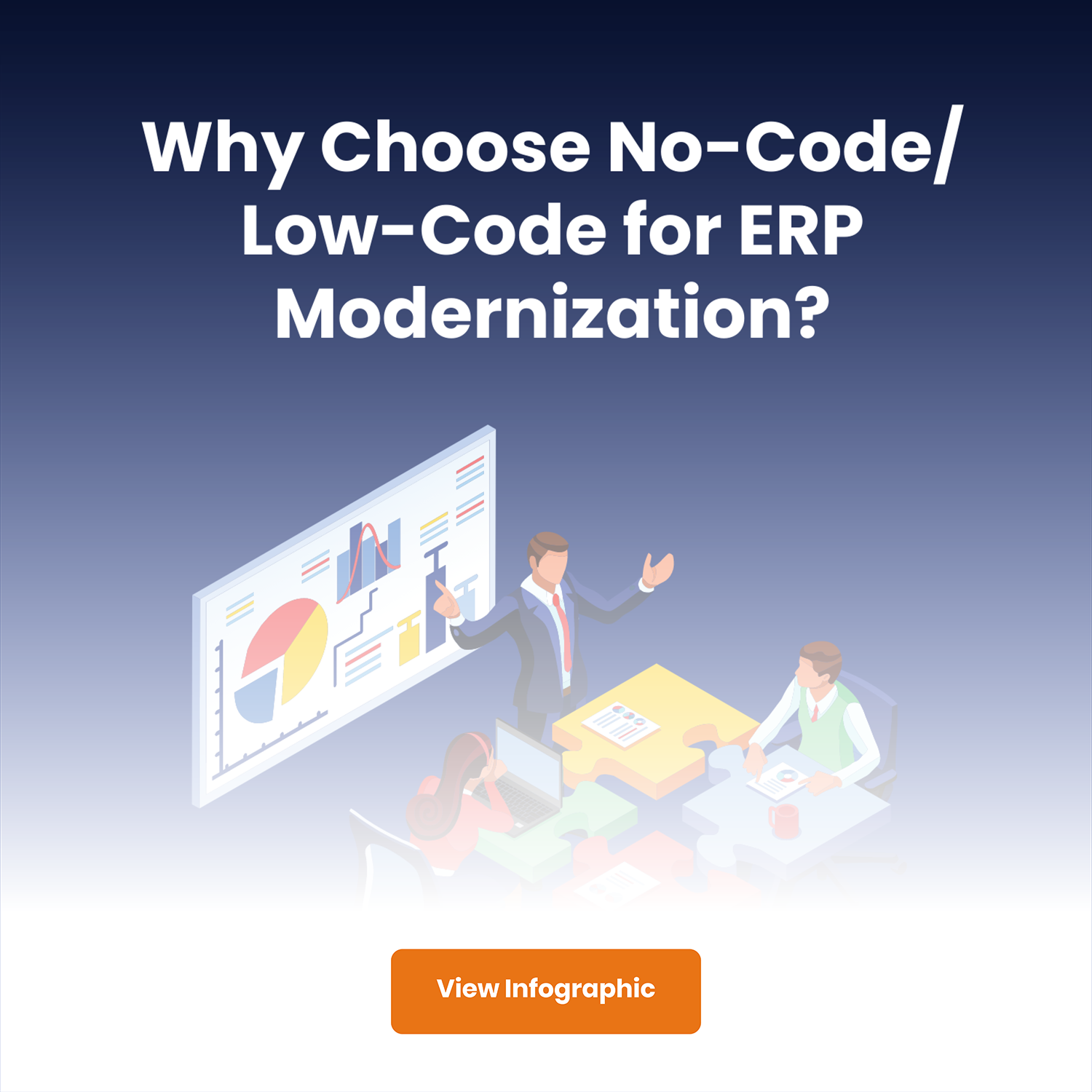
Modernize your enterprise IT systems or ERPs for the digital future.
Modernization of Enterprise Resource Planning (ERP) systems is crucial for businesses to stay competitive in today’s fast-paced digital landscape. Outdated ERP systems can hinder growth and prevent companies from realizing their full potential. However, ERP modernization can be a daunting and complex process, which is where no-code platforms like Quixy come in.
Quixy’s no-code platform offers a comprehensive and intuitive solution for ERP modernization, enabling businesses to easily create custom applications that meet their specific needs without the need for coding or technical expertise. This streamlines the modernization process and empowers businesses to be agile, responsive, and innovative in adapting to changing market demands.
By choosing Quixy for ERP modernization, businesses can improve operational efficiency, enhance customer experiences, boost employee productivity, and drive revenue growth. In today’s hyper-competitive business environment, companies cannot afford to be left behind by relying on outdated ERP systems. Quixy’s no-code platform offers a practical and effective solution to modernize ERP systems and drive success in the digital era.
Frequently Asked Questions (FAQs)
Why is it important for my company to modernize our IT systems?
Modernizing your IT systems is important because it allows your organization to stay competitive in today’s business world. By using the latest technologies and tools, you can streamline processes, enhance productivity, and improve the overall customer experience.
What are some challenges my company might face when modernizing our IT systems?
Some challenges your company might face when modernizing your IT systems include outdated legacy systems, difficulty finding skilled resources, budget constraints, security concerns, and resistance to change from employees.
How can we ensure a successful digital modernization initiative for our company?
To ensure a successful digital modernization initiative, it’s important to start with a clear strategy that aligns with your business goals. You should involve all stakeholders in the process, select the right technologies and tools, provide adequate training and support to employees, and continuously monitor and adjust the initiative as needed.
What are some benefits of digital modernization for our employees?
Digital modernization can bring several benefits for your employees, such as making collaboration easier, improving access to information and resources, increasing flexibility and mobility, and reducing manual tasks and paperwork. It can also create a more engaging and fulfilling work environment, which can boost employee morale and retention.
Subscribe
Login
Please login to comment
0 Comments
Oldest
